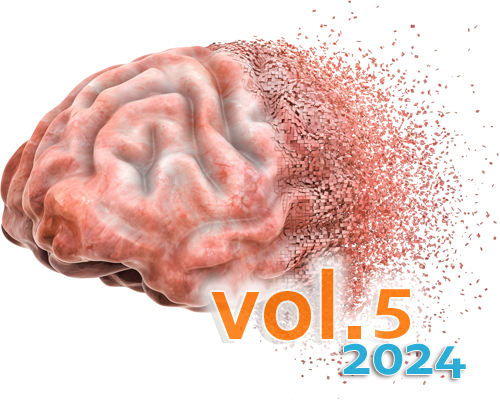Cryopreservation of brain cell structure: a review
DOI:
https://doi.org/10.17879/freeneuropathology-2024-5883Keywords:
Cryopreservation, Vitrification, Brain Banking, Cryoprotectant, Cryofixation, Ice artifactAbstract
Cryopreservation, the preservation of tissues at subzero temperatures, is a mainstay of brain banking that allows for the storage of brain tissue without the use of chemical fixatives. This is particularly important for molecular studies that are incompatible with tissue fixation. However, brain tissue is vulnerable to various forms of damage during the cryopreservation process, in particular due to the phase transition of water from a liquid to a solid state with the formation of ice crystals, which can disrupt cellular morphology. There is a critical need to characterize the effects of cryopreservation on brain cell structure at the microscopic level. In this review, we conducted a comprehensive literature search, identifying 97 studies that yielded 146 distinct observations of the effects of cryopreservation on neurohistology. We classified the reviewed studies into three main categories: cryofixation, freezing, and cryopreservation with cryoprotectants. Cryofixation techniques enable vitrification and excellent ultrastructural preservation of thin tissue samples but are limited in terms of the depth of tissue that can be preserved without ice artifacts. Freezing methods, particularly when applied to brain slices, can achieve rapid cooling rates that result in minimal ice artifacts detectable by light microscopy. Cryoprotectant-based approaches have the potential to reduce ice damage and achieve vitrification. For thin tissue samples, immersion in cryoprotectants has been found to be effective for structural preservation. However, for larger samples or the entire brain, perfusion of cryoprotectants is necessary to perform rapid distribution, and this has a more limited evidence base. In conclusion, while current cryopreservation methods can provide sufficient quality for some downstream applications, there is a need for improved techniques that enable the cryopreservation of larger brain tissue samples while maintaining excellent structural preservation.
Metrics
Additional Files
Published
How to Cite
Issue
Section
License
Copyright (c) 2024 Andrew T. McKenzie, Emma L. Thorn, Oge Nnadi, Borys Wróbel, Emil Kendziorra, Kurt Farrell, John F. Crary

This work is licensed under a Creative Commons Attribution 4.0 International License.
Papers are published open access under the Creative Commons BY 4.0 license. This license lets others distribute, remix, adapt, and build upon your work, even commercially, as long as they credit you for the original creation. Data included in the article are made available under the CC0 1.0 Public Domain Dedication waiver, unless otherwise stated, meaning that all copyrights are waived.


















